The endangered northern river terrapin
On the north-eastern coast of India, in a region known as the Sundarbans, the team have been working hard to bring the Northern river terrapin population back from the brink. Considered functionally extinct in the wild – in other words, without help they won’t survive – reintroducing captive bred animals is the only way to ensure a future for these terrapins. They live in fresh water rivers and estuaries, once inhabiting areas all along the South Asian coast. Now we think there are fewer than 50 left in the wild.
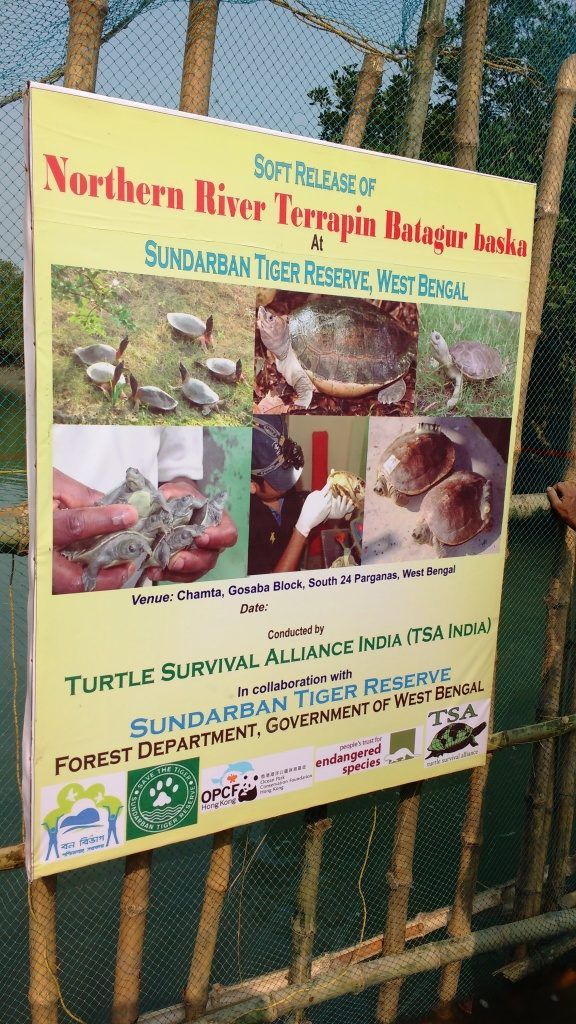
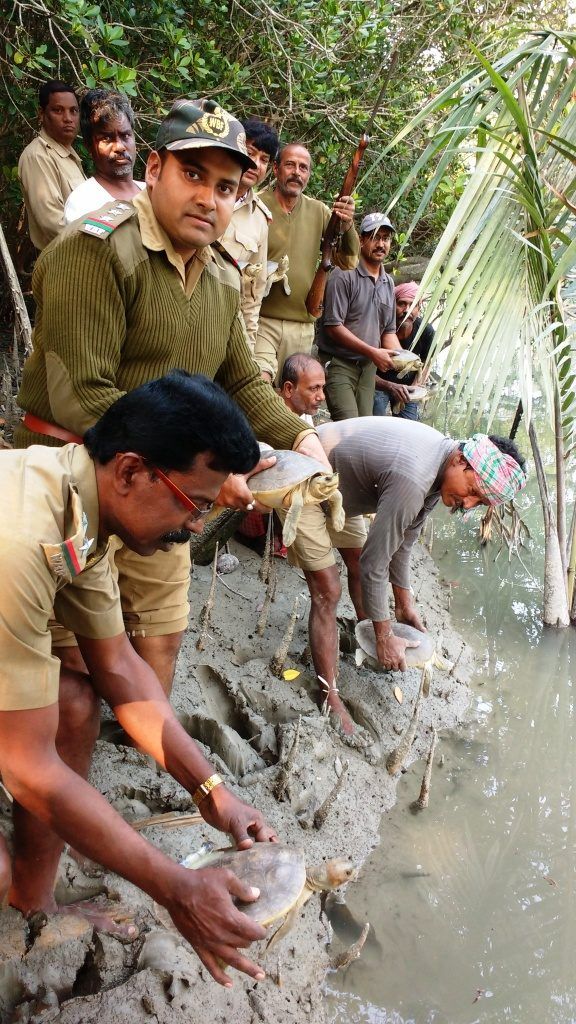
PTES has been supporting the Turtle Survival Alliance India to tackle the threats facing these animals for a few years. They contacted us last week to say that in general work is going well. They started a captive breeding programme a few years ago with just 12 terrapins and now have 350 in the cohort from which to carry out strategic releases in the area. Some years breeding is good, and other years none of the eggs hatch.
Learning about their environment
The team is learning more about the terrapins and their natural history with every year they care for the animals. It’s important that the ponds they live in and the sand banks that they nest in do not become too saline. Living so close to the sea in tidal areas, this can be a problem. Too much salt in the natal soil can affect breeding. And high salinity in ponds can cause the carapace, or shell, of the terrapins to deteriorate. If salt levels are too high, then their shells don’t grow properly. So they are monitoring the water and sand regularly to make sure conditions are right.
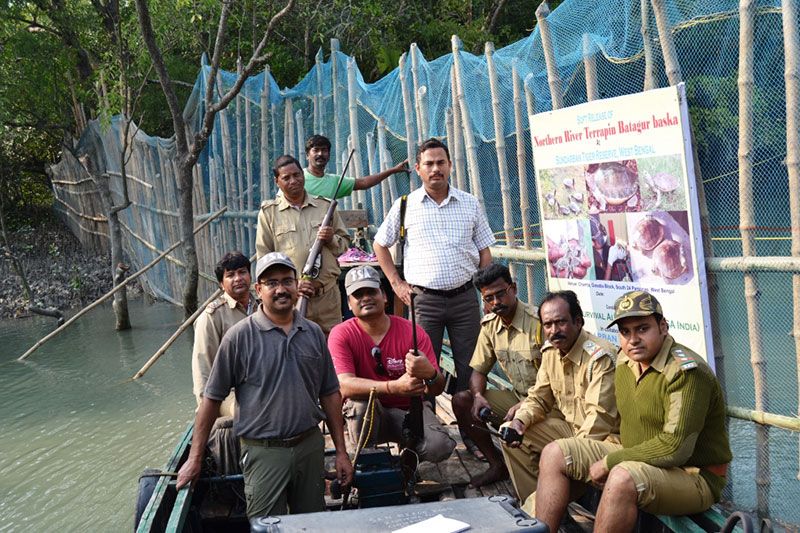
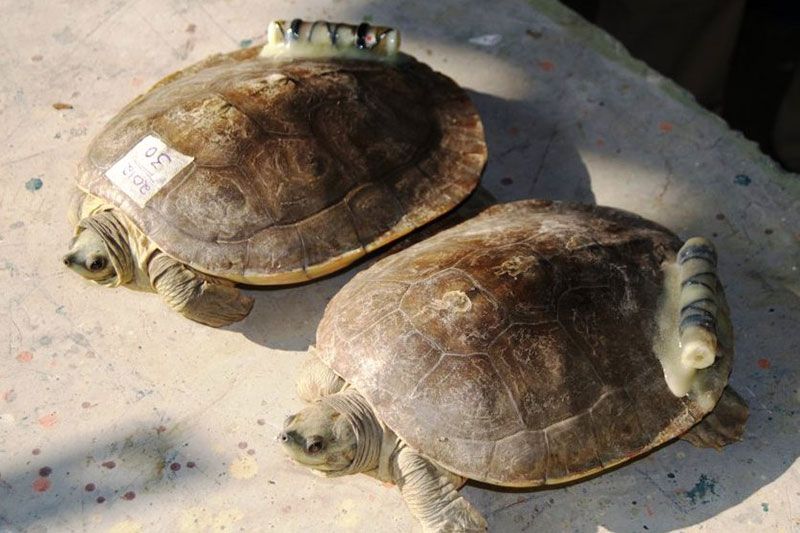
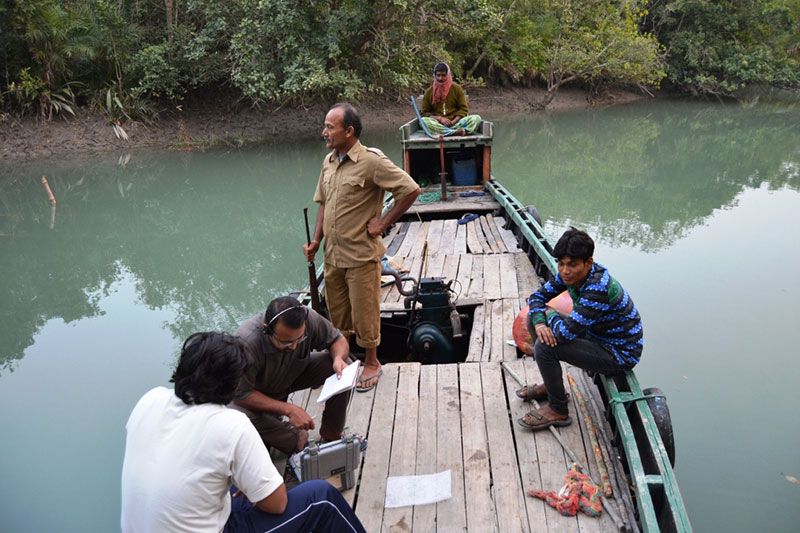
The captive population also needs their home to mimic the natural tidal flow that occurs in estuaries. Their holding facility will be fitted with a sluice gate that can control water levels during high and low tide, mimicking the usual tides and currents of their natural environment. The team reported that they’ve just ordered ten satellite-transmitters for the next ten animals to be released. A soft-release pen has been created so the animals can acclimatise and the team can check the transmitters are signalling correctly. And then they will wish these animals well, as they are released into the mangroves of the Sundarbans. We will report back on how they’re doing soon.
Your generous donations are making this project possible. Learn more about this work and donate.
